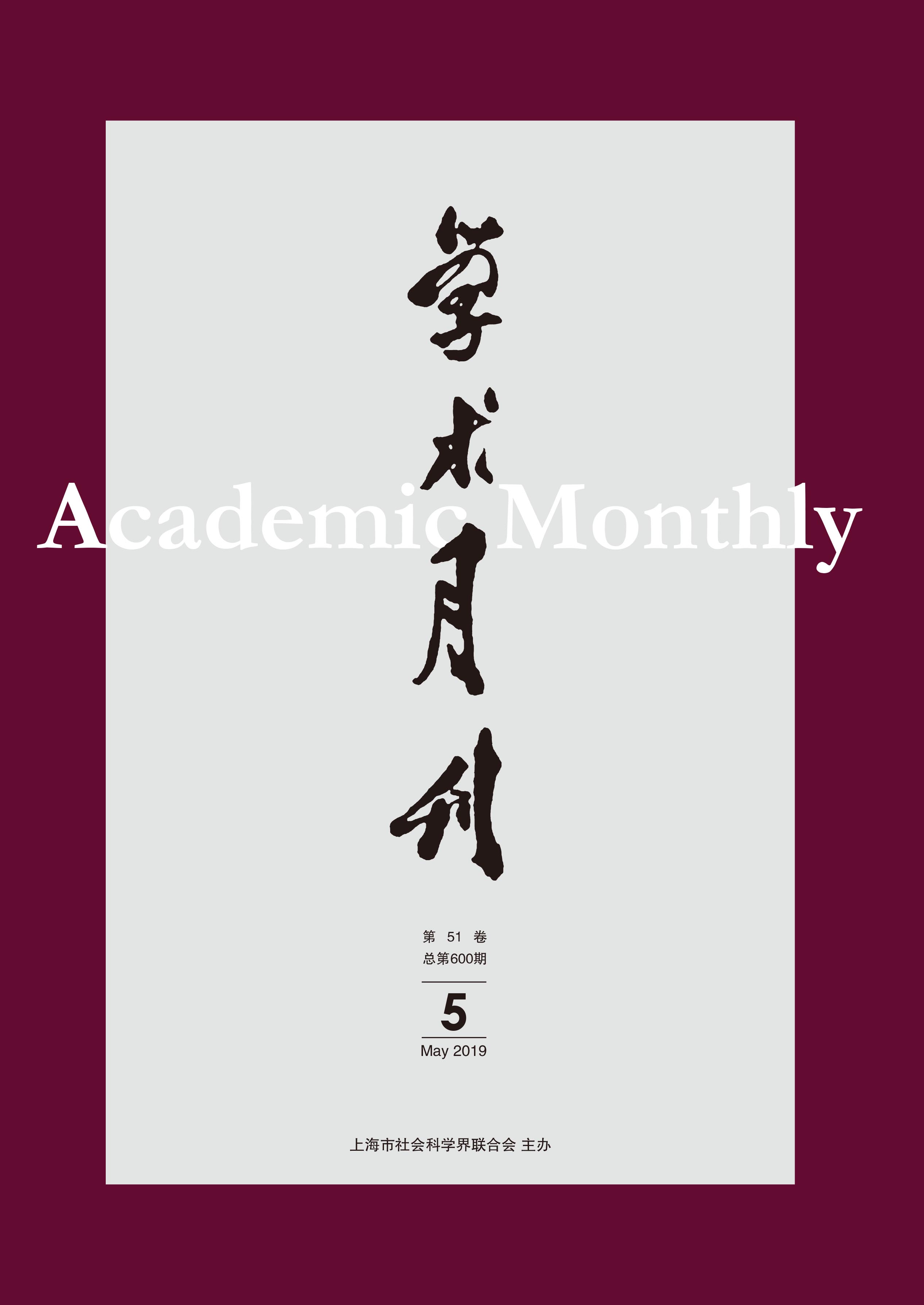The Imitation and Transformation of Impartation Rituals of the Medieval Daoism from the Emperor’s Enthronement Rites of the Han Dynasty
- Available Online: 2019-05-01
Abstract: Ceming (" 策命”, proclaiming God’s appointment of an emperor) and shangci (" 上刺”, reporting notices to God), as a starting procedure respectively for the enthronement of an emperor of the Han Dynasty and for the impartation of the Daoist scriptures, precepts and amulets, are both in the same way with common sources of knowledge to obtain sacredness. The tokens used for the handover during these two ritual processes, swords and royal seals as well as swords and seals, are respective materialized symbols of the Daoist theocracy and the imperial fate of Han empire, provided with similar sacred connotations likewise. Whereas Sacrificing to God in the outskirt fete and imperial shrines in an emperor’s enthronement and mounting an altar to covenant with God in the impartation rituals of Daoism express their different preference for the ending procedure in imparting the Mandate of Heaven. Specific studies on the heritance and conversion of impartation rituals of the medieval Daoism from the emperor’s enthronement rites of the Han Dynasty provide a significant angle of view and a support instance, for further understanding the internal relation of the character of Daoism as a national religion with Han empire, and for comprehending the interaction between Chinese ancient religious rituals and secular etiquette.



 沪公网安备 31010102003103号
沪公网安备 31010102003103号 DownLoad:
DownLoad: